
Restoring Wild “Ishkhan” Trout to Lake Sevan: Promoting the Native Species Globally as Armenia’s Living Symbol
On the Yerevan-Sevan-Vardenis roadway in Armenia, on the left side of the highway from Ltchap village to Berdkunk, there is a sign that hints at the existence of a trout store in the area. It’s is difficult to see the sign, but if you notice it, it is worth turning off the road.
This is where the state-founded Sevan Aqua CJSC operates, breeding the summer and gegharkuni subspecies of Sevan trout (Salmo ischchan), in mesh cages. (the winter and bojak subspecies are considered extinct.)
Hambardzum Hambardzumyan, a former head of the Gegharkunik Provincial Administration's Agriculture and Nature Protection Department who is now responsible for the Sevan Aqua fish farm, says the state has implemented two major projects to preserve Lake Sevan’s ecosystem in recent years.
The first was the construction of the Arpa-Sevan tunnel. The second was the construction of the Kartchaghbyur Fingerling Plant as part of the trout resource restoration program. In the neighboring village of Kartchaghbyur, in the town of Vardenis, there is a small trout state fish factory, which is connected to the Ltchap cage operation.
How does the trout production and sales system work?
It all started in December 2013, when the government decided to establish the Foundation for the Restoration of Sevan Trout Stocks and Aquaculture Development for the restoration of Sevan’s trout stocks and the development of fish farming. In 2014 and 2015, the Foundation created the Sevani Ishkhan and Sevan Aqua closed joint stock companies. The former raises fry in addition to processing and selling commercial fish items. The latter raises parent fish stocks in cages and preserves commercial fish.
The short description of the cooperation between the two companies is as follows.
During the fish breeding season, the Kartchaghbyur plant takes fish eggs from the parents raised on the spot and in the Ltchap farm and fertilizes them, after which they become viable fish (weighing up to 50 grams) via incubators. The fish are then released in the Masrik and Kartchaghbyur rivers and enter Sevan on their own. The plant can produce up to three million 50-gram small fish a year.
Some of the reared juvenile fish are sent from the plant to a cage farm installed in Lake Sevan to grow. The best fish are selected as brood stock and the rest are sold locally.
Some of the fish used to produce eggs also become commercial fish. That is, in order not to produce offspring from the same fish every time, and to avoid inbreeding problems, the individuals used for breeding are sent to another Sevani Ishkhan CJSC plant, located in the Armavir village of Jrarat, and put on the market. These products include fresh chilled fish, fish fillets and canned fish. However, there are females that are kept in the Kartchaghbyur plant for up to seven years, producing a bountiful new generation.
Now, for example, the plant has females up to six years old, but they interbreed with different males to prevent inbreeding. The lake’s fish farm, as mentioned, not only keeps the parent stock, but also the commercial fish, right near the shore, offering consumers live fish, both retail and wholesale.
Given that fishing for trout included in the Red Book of Armenia is prohibited, the Ltchap operation is unique for Armenia, offering consumers farm bred and legal Salmo ischchan.
Why did the government undertake the task of reproducing the Salmo ischchan?
In the past, the government bought trout fry mainly from fish farms in the Ararat Valley. It turned out many mistakes were made from a scientific viewpoint.
Kartchaghbyur Director Tigran Vardanyan explains.
“Tenders were announced. Juvenile fish were bought from different fish farms. Sometimes the fish were never inspected, and non-ishkhan trout were purchased. (Thus, private breeders also sold other fish to the government under the name of trout -Hetq). For example, there were no brown trout (Salmo trutta) in the rivers flowing into Sevan. But they exist today in the lower reaches of the rivers. The same holds true for rainbow trout. (Rainbow trout - Oncorhynchus mykiss) - is the fish sold in Yerevan stores today as ishkhan. They are both salmonids but different species. – Hetq)
Vardanyan, an ichthyologist by profession, says that the state used to buy small fish weighing 3-5 grams for 160 drams, but now the price has dropped to 60 drams, which is a huge difference if we take into account the amount of fish released into the Sevan basin every year. This year, for example, about 580,000 small fish have been released into the ecosystem. The price difference, according to Vardanyan, results from a more scientific approach to the work. The greater knowledge, the smaller the decline of fingerlings.
"There is a working group set up by the Minister of Nature Protection in 2016 at the suggestion of the foundation," says Vardanyan. “The group coordinates the work of releasing the small fish, in which area we release the small fish, how many units, what weight. In other words, everything is done more transparently and competently.”
On the other hand, according to Vardanyan, it is especially important that the program for the restoration of ishkhan stocks is headed by the state and that no private enterprises get rich on taxpayer money.
"Over the years, the plants that existed labelled everything as ishkhan and bred them,” says Ltchap operation manager Hambardzum Hambardzumyan, explaining the large number of hybrid fish in Sevan.
Now, however, Sevani Ishkhan CJSC is engaged in trout selection in Kartchaghbyur, so that the genes of these endemic fish in the lake are pure, and the trout will live in Sevan, and not, for example, rainbow trout or any hybrid.
According to the Foundation for the Restoration of Sevan Trout Stocks and Aquaculture Development, Sevan trout population numbers have decreased from 30.000 tons to 300 tons.
Sevan’s sig (common whitefish) stocks have also taken a large hit in numbers. The fish introduced to Sevan in the 1920s was once a major catch for fishermen. The two other fish species native to Sevan besides the ishkhan - the Sevan scraper (Capoeta capoeta sevangi) and the Sevan barbel (Barbus goktschaicus) – are also listed in Armenia’s Red Book as endangered species.
In addition, Lake Sevan has seen several new introduced fish species: such as Prussian carp, stone moroko and South Caspian sprilin that cause irreparable damage to Sevan’s ecosystem.
The Foundation states, “Therefore, the preservation and recovery of trout stocks will contribute towards the recovery of the ecosystem of the lake as a whole, and in addition provide a source of high-quality food for the population.”
Vardanyan says one of the goals of the Foundation, apart from restoring the wild trout population, is to have ishkhan-based fish reserves in Armenia, which will replace fish imported from France, Norway and Africa, including rainbow trout.
The latter is native to the Pacific region, but in many countries, including Armenia, it is grown as an aquaculture fish and because of the human factor has also appeared in Sevan in certain quantities.
"The rainbow trout is a predator like the ishkhan, but it can feed on the small fish of the endemic species of Sevan. It can create problems in the food chain. This fish grows faster and has a stronger immunity. Everything must be done so that there are few uncommon fish in Lake Sevan," says Vardanyan.
Since 2015, summer and gegharkuni ishkhan, raised with government funds, have been released into the Sevan ecosystem.
"I am convinced that these two subspecies have already been saved. There is no problem," says Hambardzum Hambardzumyan.
The Sevan trout escaped and fell prey to poachers
The twelve Sevan Aqua fish cages, each 18 meters deep, are located 200-300 meters from the lake’s shore. Vardanyan says the fish are sorted by subspecies and age. Two of the cages were empty at the time of Hetq’s visit.
Hambardzumyan says that up to 200 tons of breeding stock and commercial fish can be raised in the cages, but at present there are some seventy tons.
"We cannot organize sales. If there is demand, we can increase production," says Hambardzumyan, adding that Chinese and Arab colleagues had agreed to visit the farm but couldn’t because of the coronavirus. He says that the epidemic has also impacted sales.
Vardanyan and Hambardzumyan note that the original plan was to have several fish cages, but only one has been built so far.
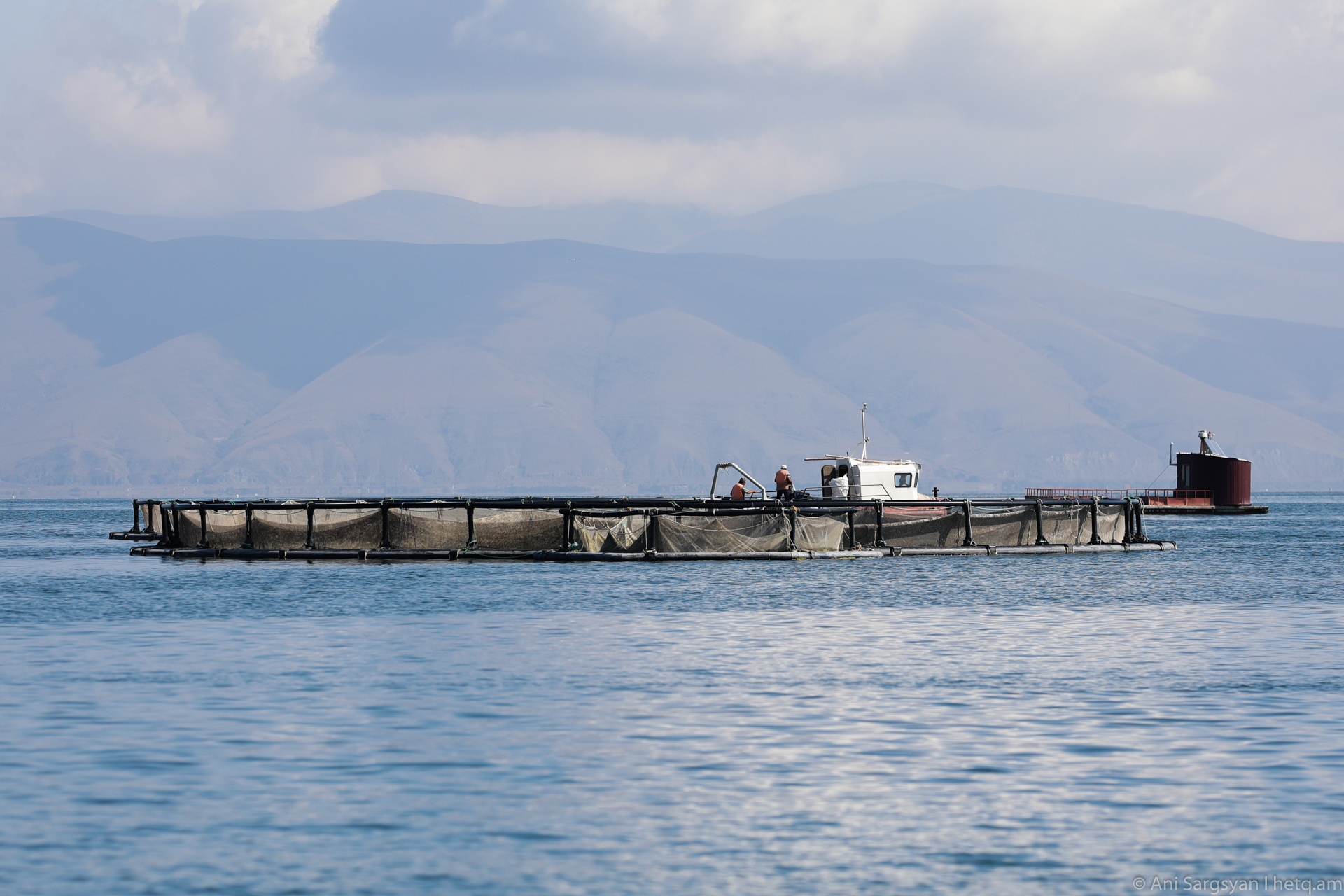
The fish cage operation has been operating in Greater Sevan, eight km from the shore of Kartchaghbyur, since July 2016. But Vardanyan says that while the depth of Lake Sevan where the Ltchap business operates is 42-45 meters, it’s more shallow near Kartchaghbyur, and the ground of the lake was more muddy, due to which materials were released that did not create favorable conditions for fish.
Twelve mesh cages were also installed in Greater Sevan, in parallel with which there was a plan to establish four new farms in Lesser Sevan, near Berdkunk, with a total of 48 cages. This caused concern among environmental organizations.
The Kartchaghbyur fish cage business only lasted 1.5 years. A disaster struck in the winter of 2017-2018. Vardanyan says that Sevan froze that year and large pieces of moving ice tore the cages from their shore moorings, allowing some 95 tons of fish to escape. The fish were to be used from breeding stock.
Vardanyan says poachers ruthlessly hunted the escaped fish, selling two kilo ishkhans for a mere 500-1,000 drams.
Vardanyan says the Ltchap fish operation is well protected by security guards and a variety of equipment – lights, underwater radar detectors, etc. The area is peppered with warning signs to ward off potential poachers.
The Sevani Ishkhan and Sevan Aqua companies feed the trout expensive Dutch food, which is produced in Germany.
The Armenian fish breeders cooperate with foreign specialists in other spheres as well.
"They have a technically equipped laboratory and good specialists who deal with fish inbreeding, diseases and other issues. We send our specialists to them for training. They also visit us often. Our general professional skills are at a high level and we believe we can share our expertise with other fish farmers,” says Kartchaghbyur plant Director Vardanyan.
Talking about the difference between wild and farm raised trout, Vardanyan says that the flesh of wild fish is dark pink, something lacking in cage-raised fish. Wild fish feed off the ecosystem and farmed fish are basically fed pellets. "Our goal is to get the trout out of the cages and back into the ecosystem," says Vardanyan.
Ishkhan trout’s maternity hospital
During the Soviet era, there were four fish farms in the Sevan basin - Kartchaghbyur, Gavar, Sevan and Lichk, where trout were grown. The area of the new plant in Kartchaghbyur was not chosen by chance. Vardanyan says that the availability of water that would be most suitable for the incubation of trout eggs and keeping the parent stock was a priority. They inspected the area of the former Lichk plant and eventually settled on Kartchaghbyur, where the old plant, now privately owned, still operates on a small scale.
"The area was a swamp, covered with bushes and thorns, but it was completely cleaned and drained. This protects the area from water moisture, as the water drains away from the area, says Vardanyan. “A water catchment was built to collect spring water. The village also uses the catchment. There is no water problem.
Vardanyan says the Kartchaghbyur plant is not only the first in Armenia, but also in the region. Up to 3 million 50-gram small fish can be raised here annually.
“The operation was designed and built by the Danish company Billund Aquaculture, a world leader in the field. 90% of the equipment was brought from Denmark. There are similar farms in Denmark, Norway, Chile. If I am not mistaken this is their fifth largest farm in terms of size,” says Vardanyan, adding that the operation now has 28 employees.
One of the important characteristics of the plant is is that it utilizes a completly closed circulating water system (RAS), which, according to Vardanyan, makes this structure the first in the region.
Vardanyan says the system does not place an added strain on the local water reserves.
Only fresh water from the catchment, which has nothing to do with the closed system, is used for the parent stock and incubators kept in the factory. Fish water stored in other ponds is filtered by mechanical and biological filters. Biofilters filter nitrite in the water, which is dangerous for fish. This is due to the conversion of nitrogen from fish excreta, after which the water is enriched with oxygen and re-enters the pools. In addition, 10-15% of the water in all basins is refreshed daily.
Vardanyan claims that the water coming out of the plant and flowing into Sevan is much cleaner than the rivers that feed the lake.
Since one of the key goals of the plant is to get trout with pure genes, Vardanyan says they have plans to cooperate with genetic institutes. As a result, not only hybridization but also inbreeding will be ruled out based on genetic samples.
In pools built next to the factory building, Sevani Ishkhan CJSC raises rainbow trout for commercial sale. The latter, being a relative of the ishkhan, is also a suitable "raw material" for experimentation. Next to them are newly dug pools, where Vardanyan and his colleagues have placed a small number Sevan scraper and Sevan barbel fish. They want to restore these native species to Sevan as well.
The plant releases ishkhan subspecies into the Kartchaghbyur and Masrik rivers.
Vardanyan says they consulted with biologists to determine what size fish to release and in which rivers.
“We selected the Kartchaghbyur and Masrik rivers because their middle flows don’t dry up due to hydro-plant intakes and because they are close to the plant. We can monitor the fish after release and safeguard them from poaching. In the fall, when the water temperature in the rivers drops, the small fish will enter the lake and return after 2-3 years of spawning, if, of course, they survive.”
Ishkhan: Armenia’s national brand
Vardanyan, who’s also a senior researcher at the Institute of Hydroecology and Ichthyology of the National Academy of Sciences of Armenia, says that the restoration of trout stocks in Lake Sevan is his dream and he is happy with the success of the current program.
"One of my dreams is that the concept of poaching in Lake Sevan should disappear. One of my dreams or goals is to preserve at least three rivers flowing into Sevan, and maybe give them the official status of a sanctuary, so that the staff will ensure that they are not polluted, and it will be possible to ensure the natural reproduction of trout on the basis of those rivers. We will consider the trout saved when we see a self-reproducing wild population," says Vardanyan.
The scientist and head of the fingerling plant also stresses the importance of marketing Armenia’s Sevan trout (ishkhan) globally as the country’s brand.
"Once upon a time, until the 1960s, the ishkhan were known to the world as an endemic and important fish species of the highland lake. Let's make the ishkhan a national brand of Armenia, a symbol of its national wealth, respectable both abroad and, why not, inside our country."
We also suggest:
Squandering Armenia’s “Blue Jewel”: Rising Lake Sevan Waters Reveal a Host of Unresolved Issues
 Videos
Videos Photos
Photos
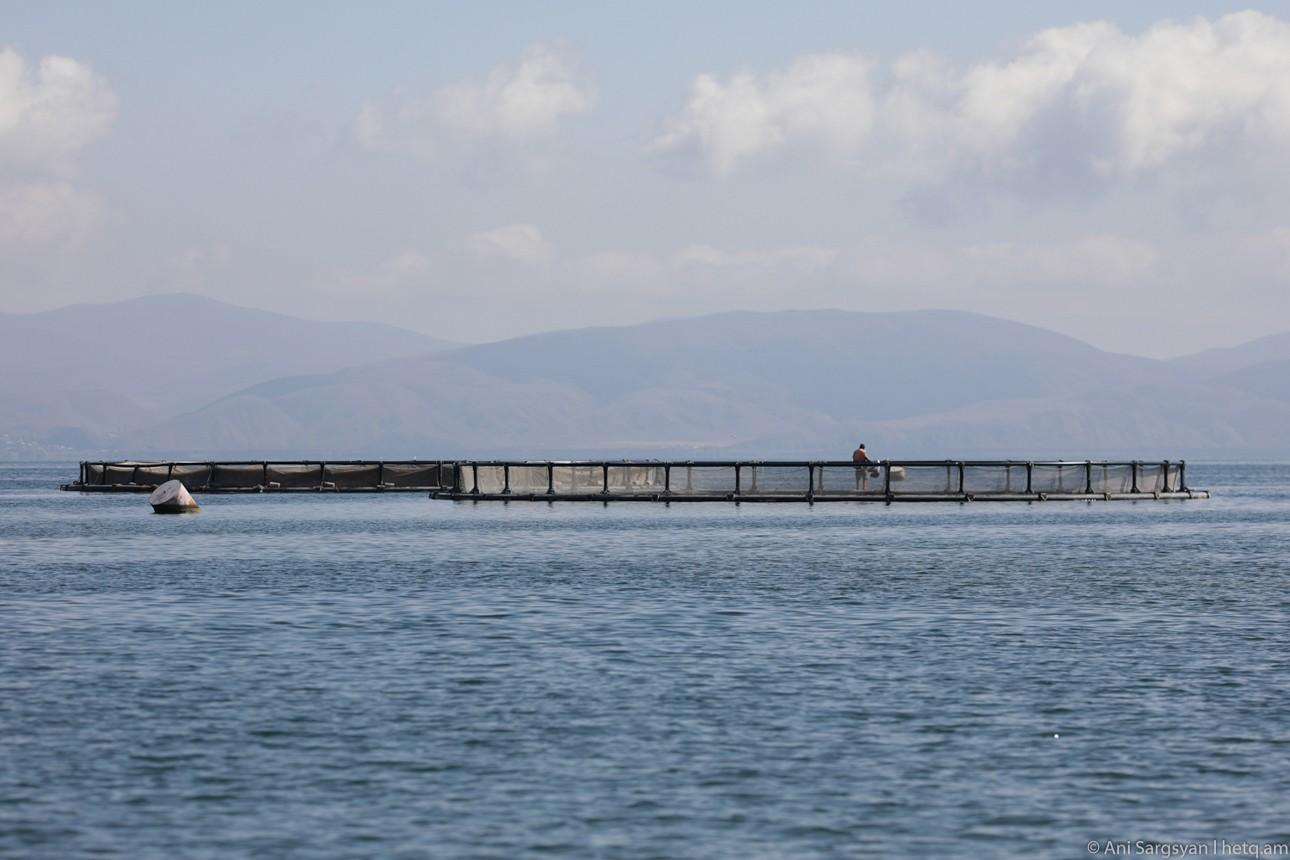
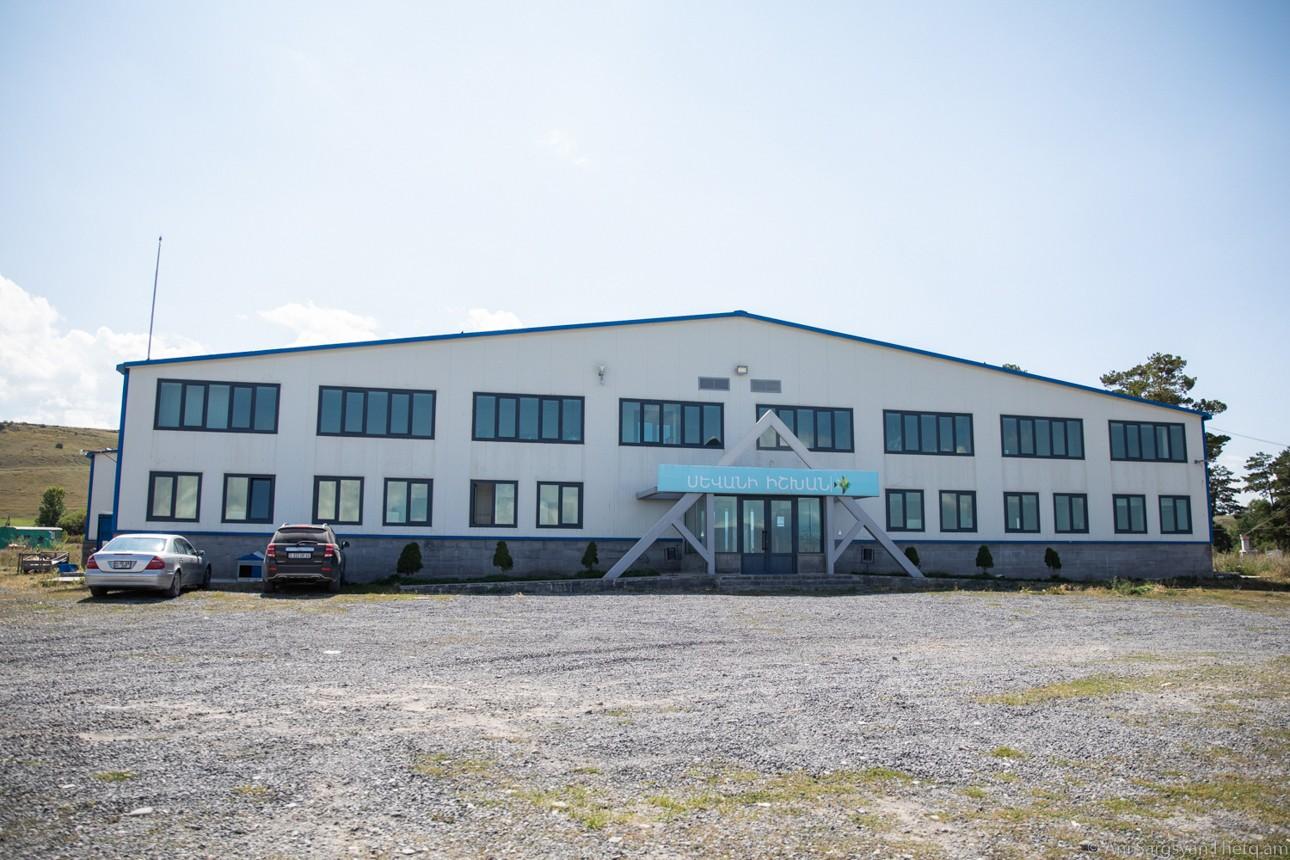
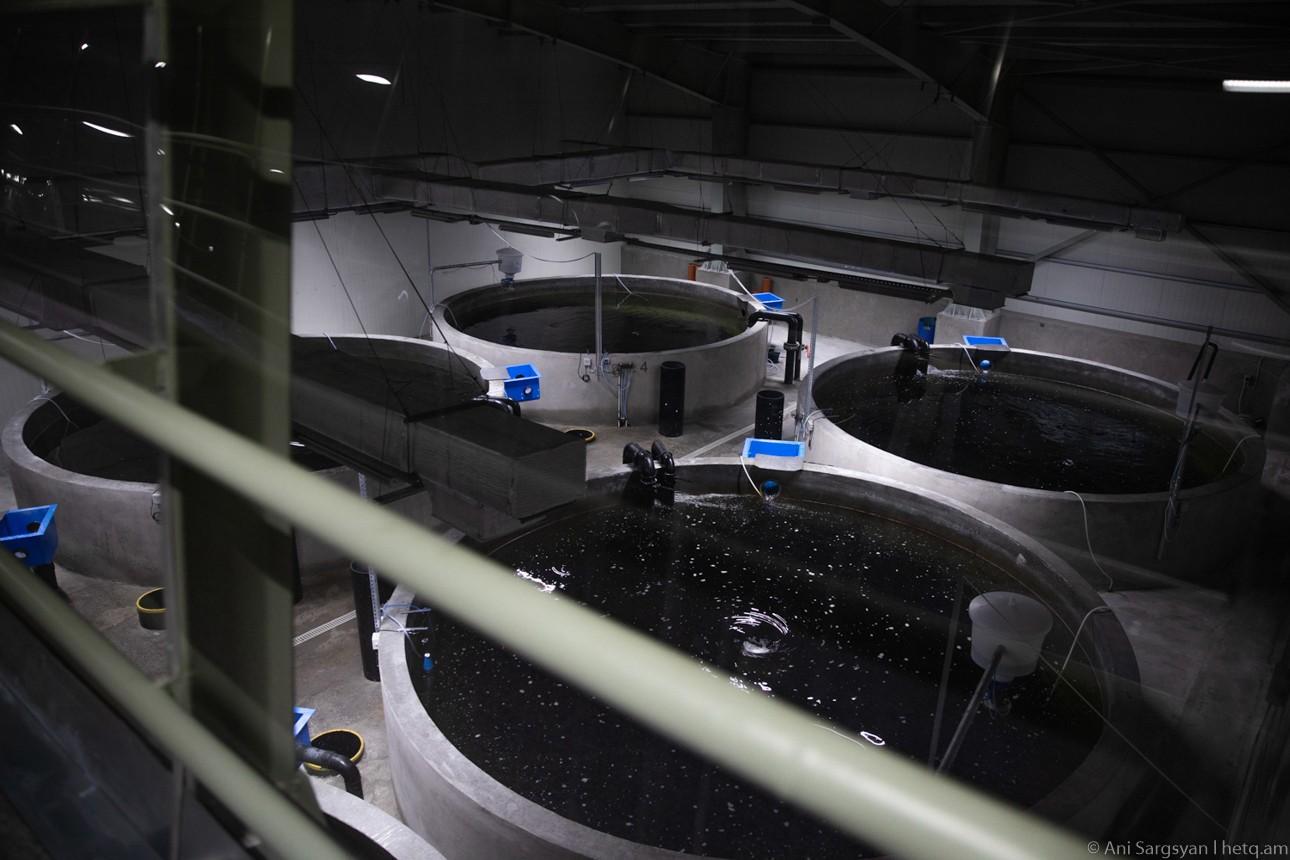
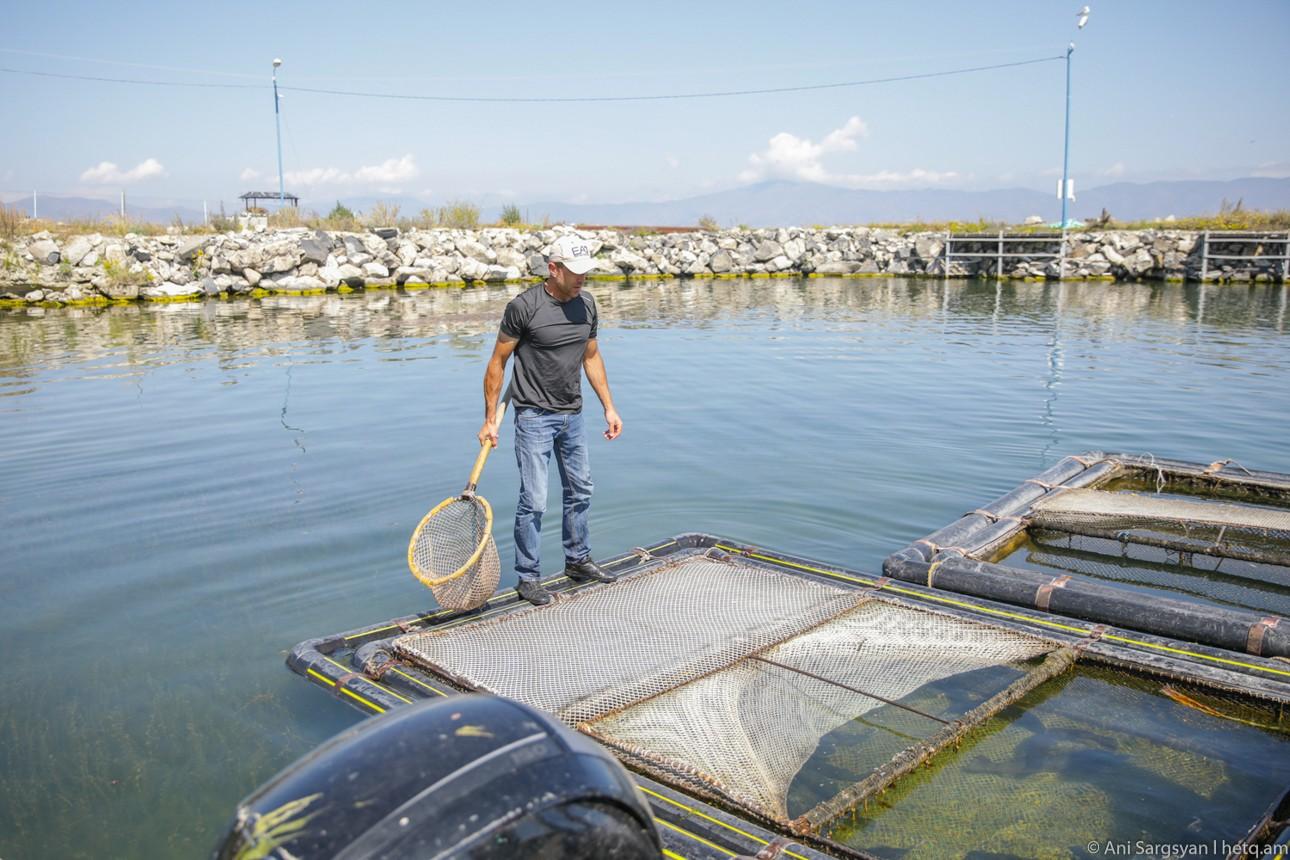
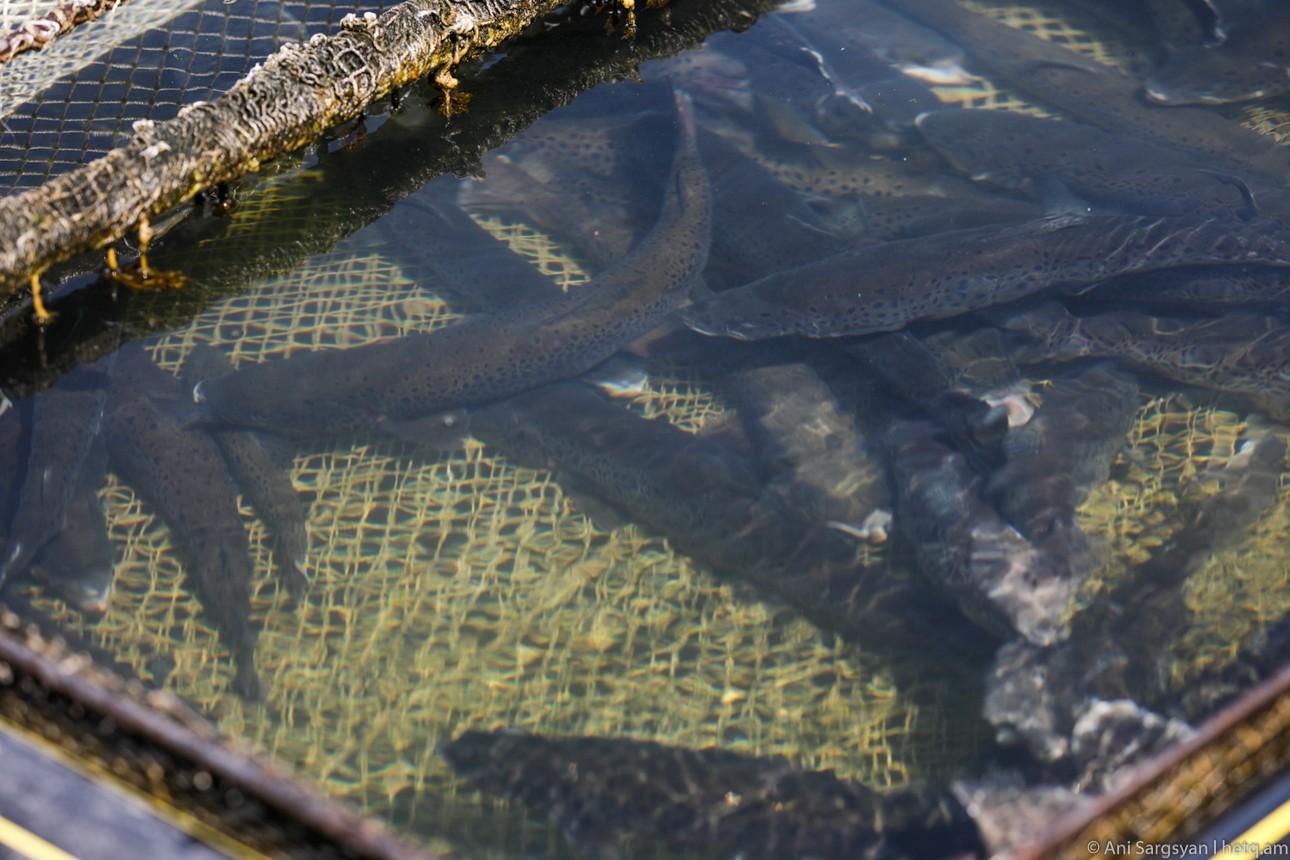
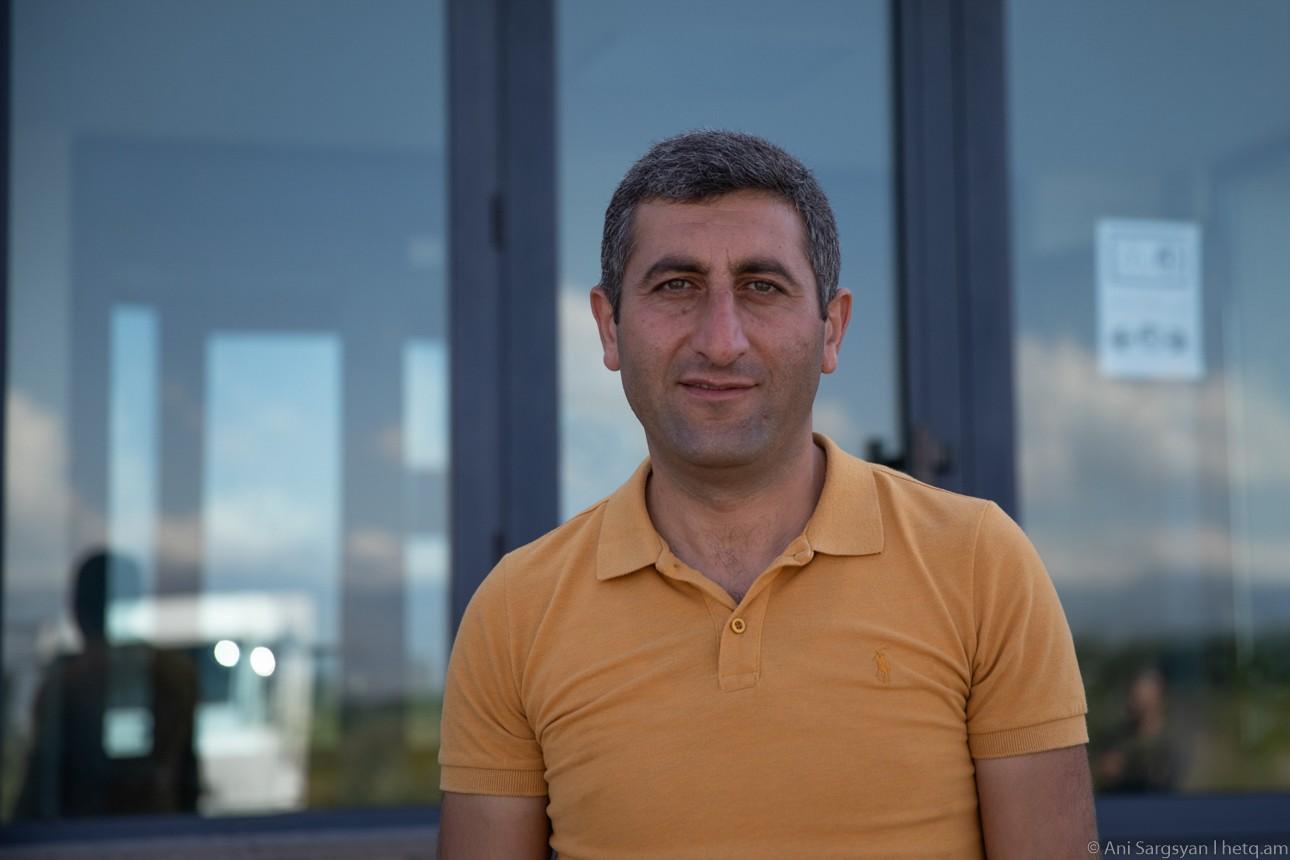
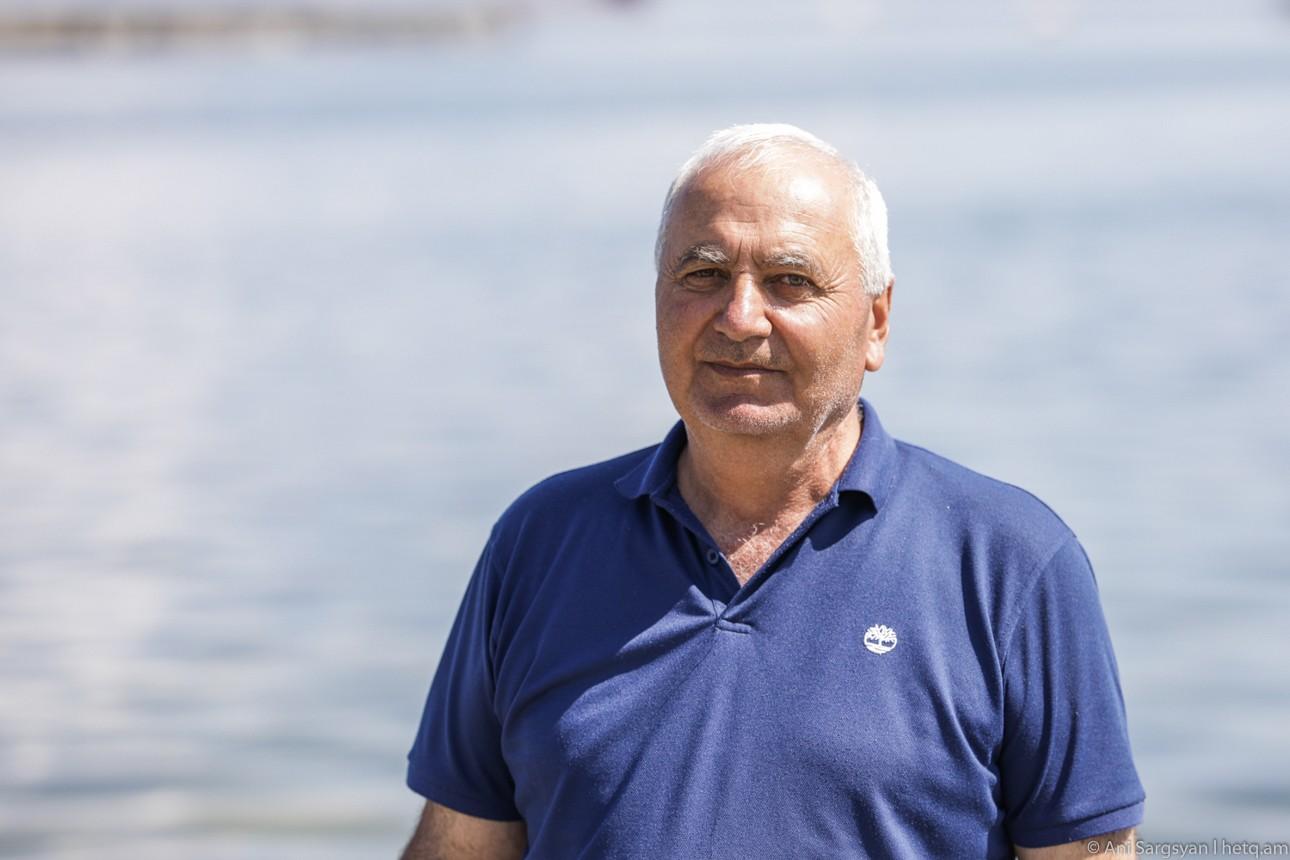
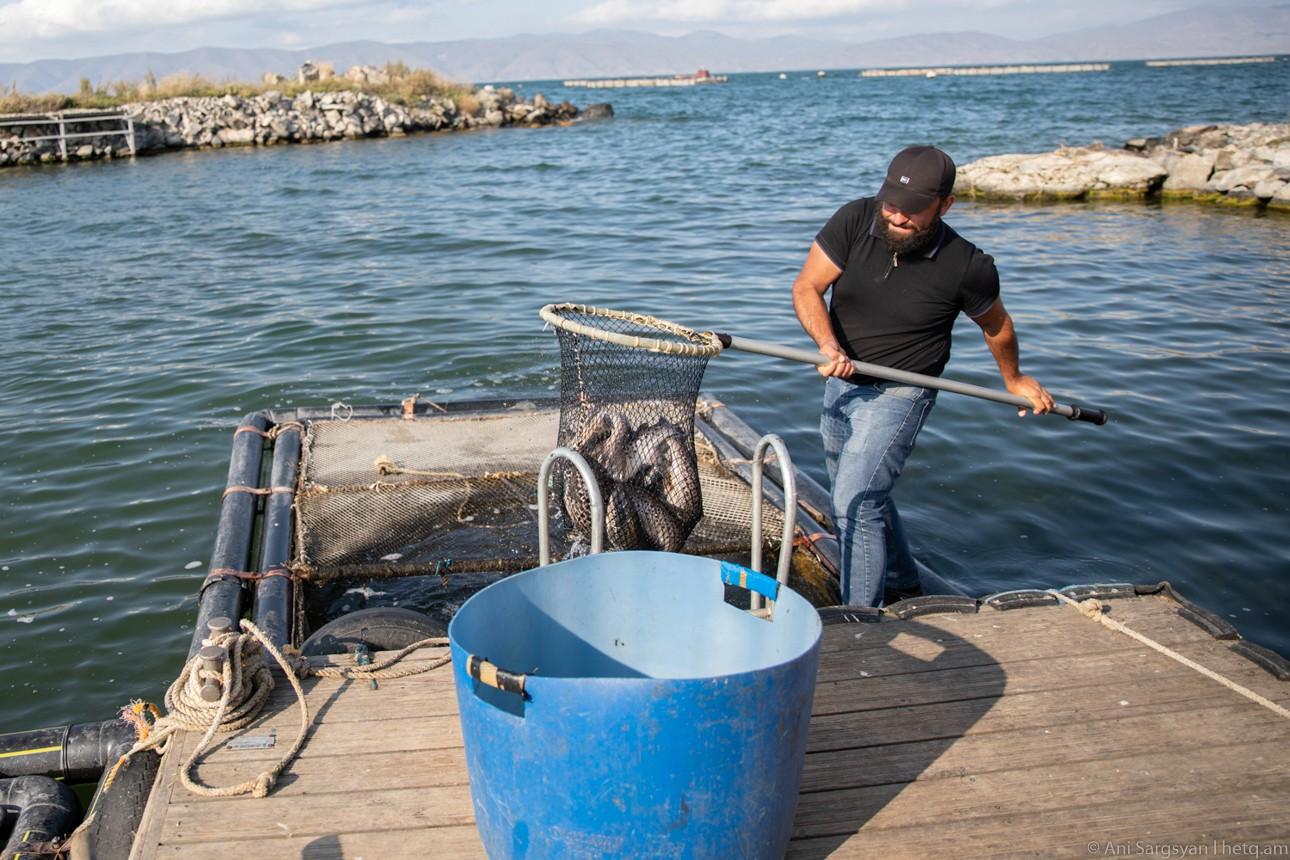
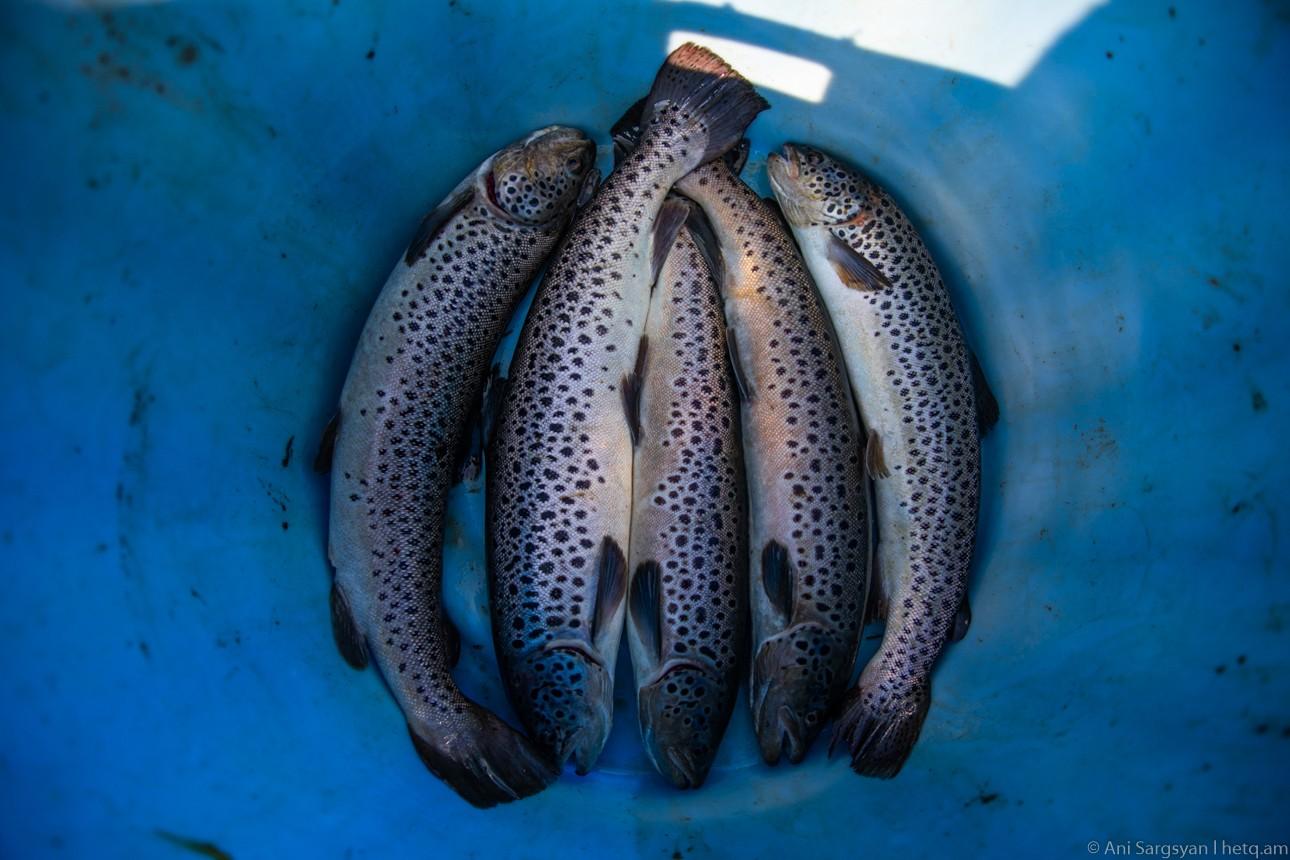
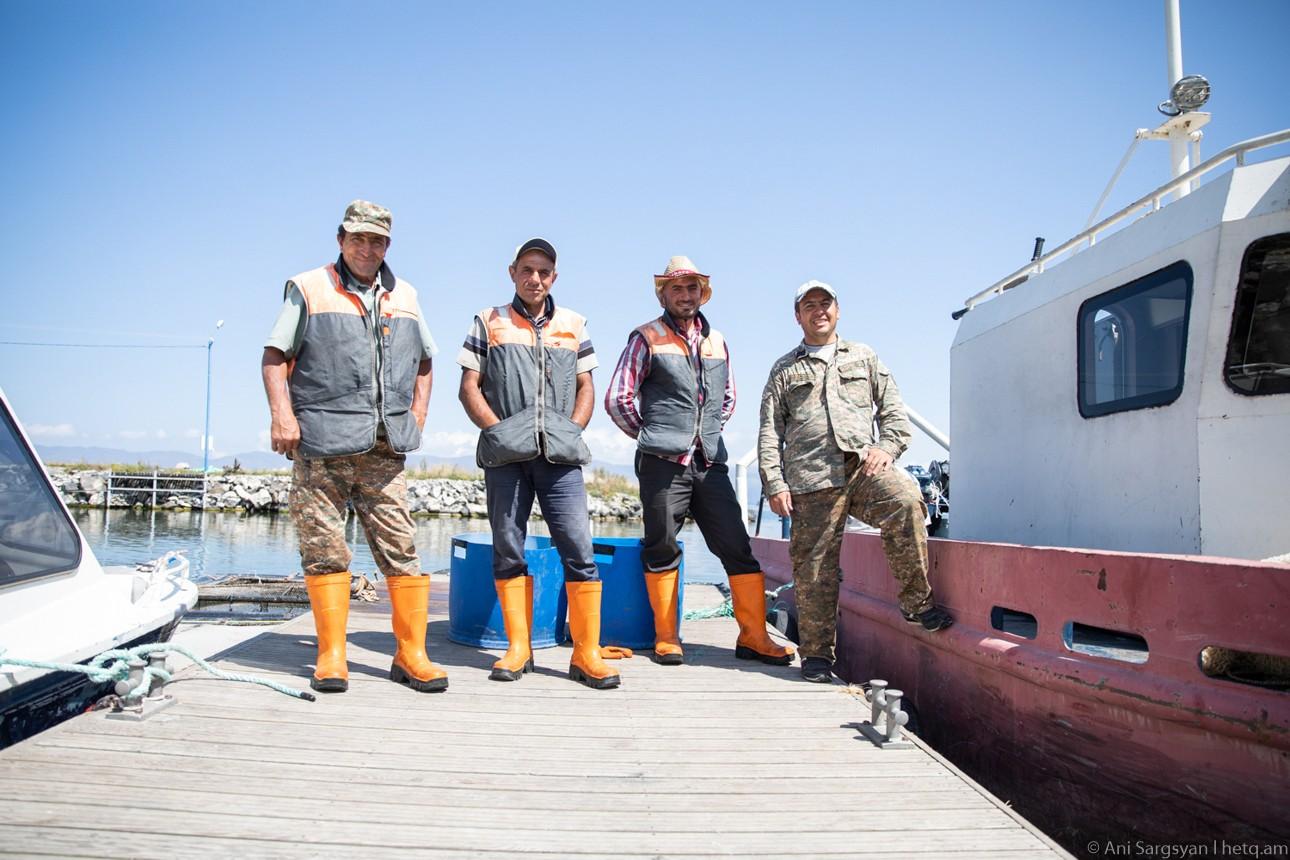
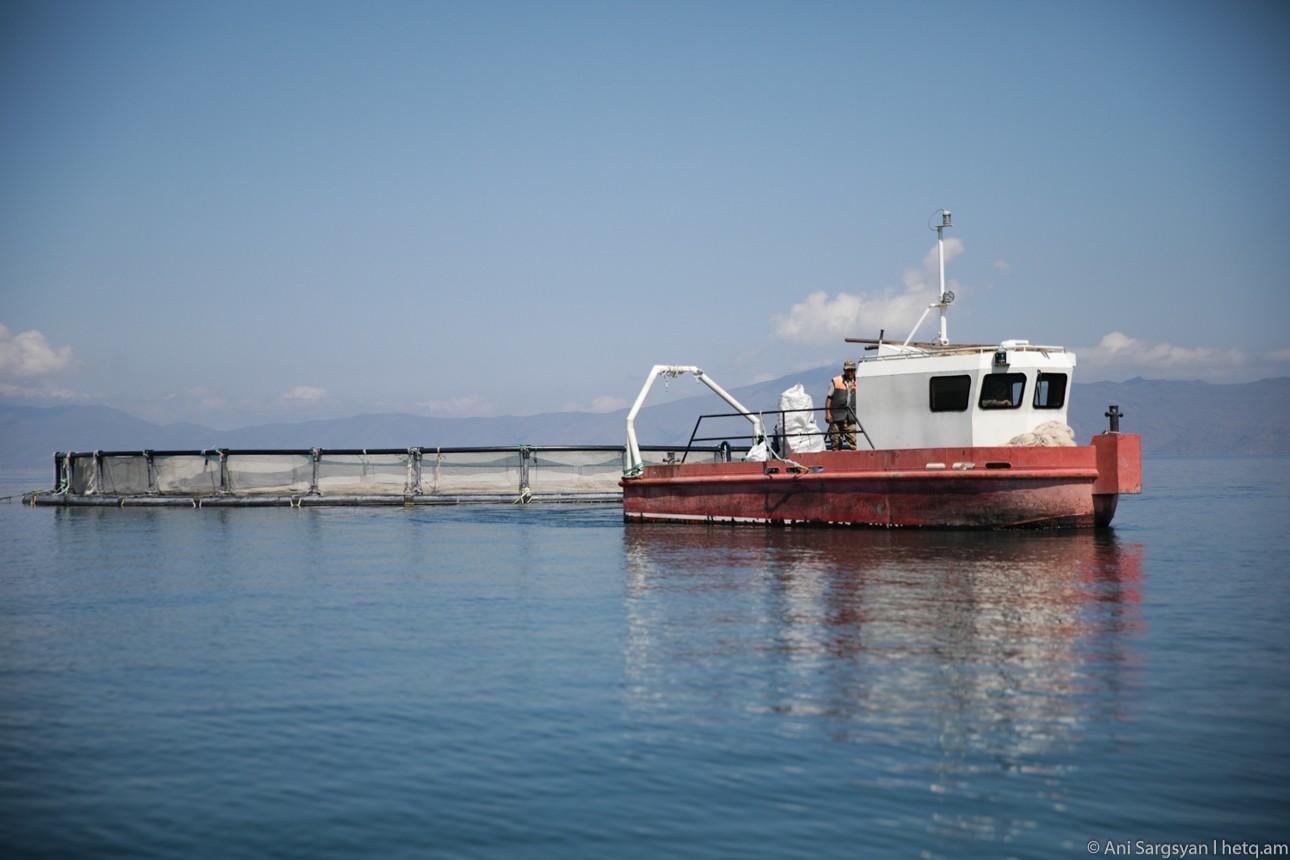
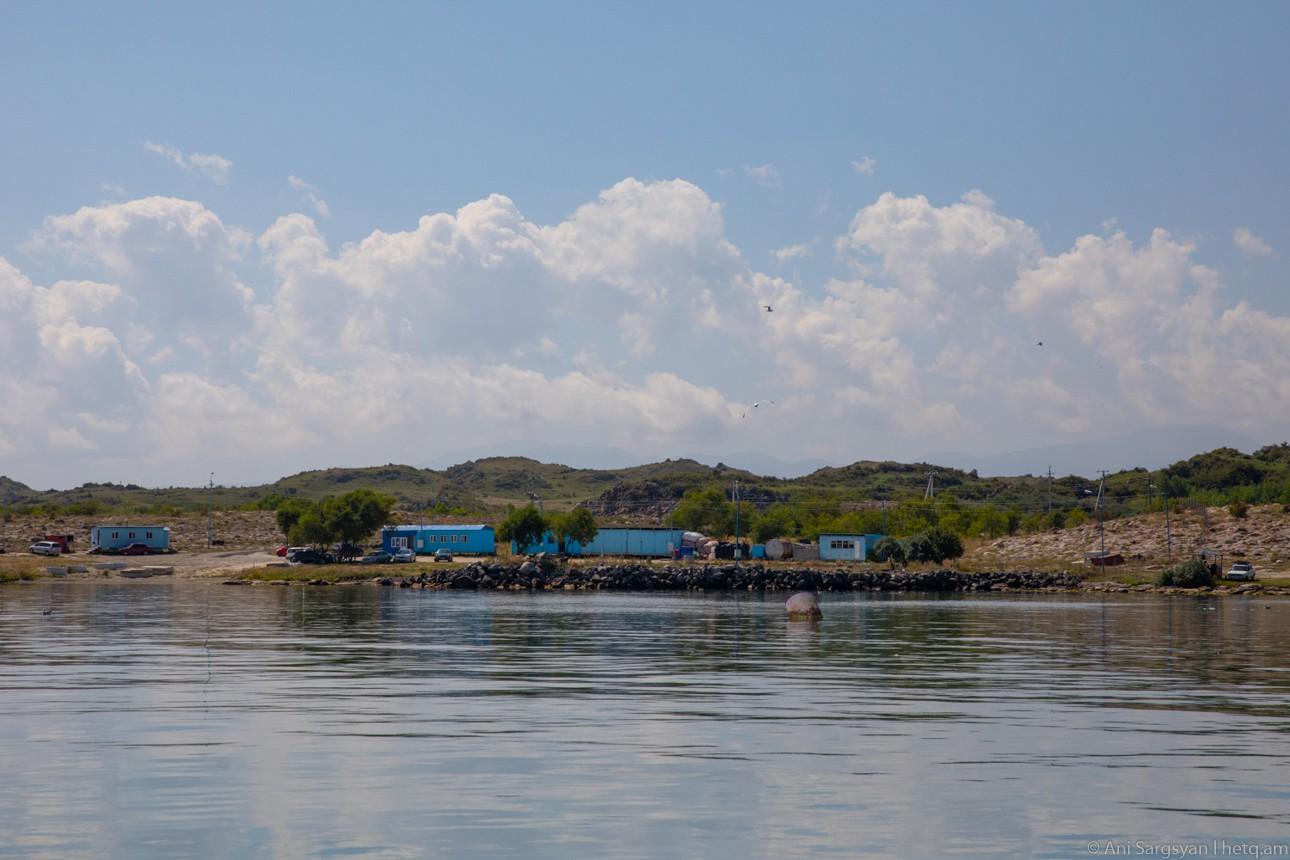
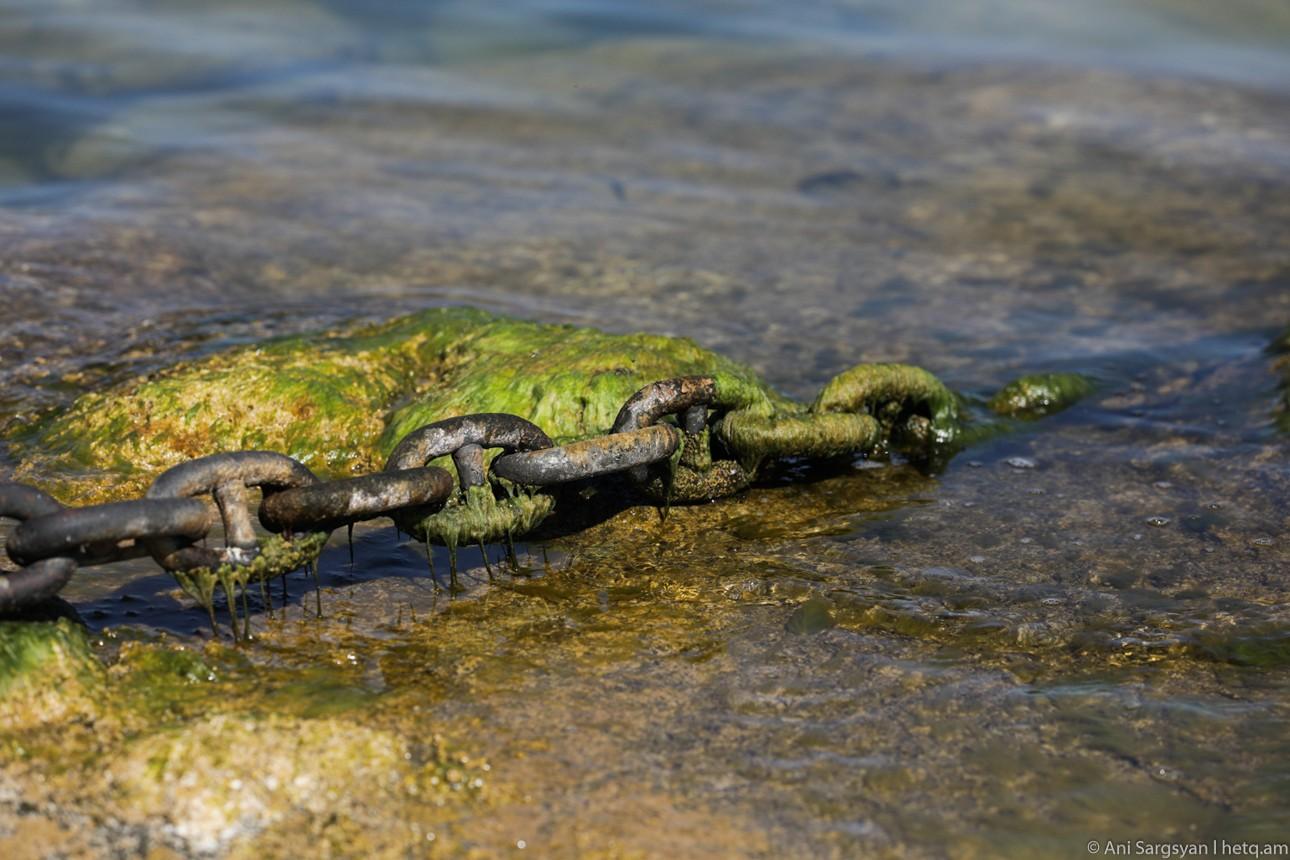

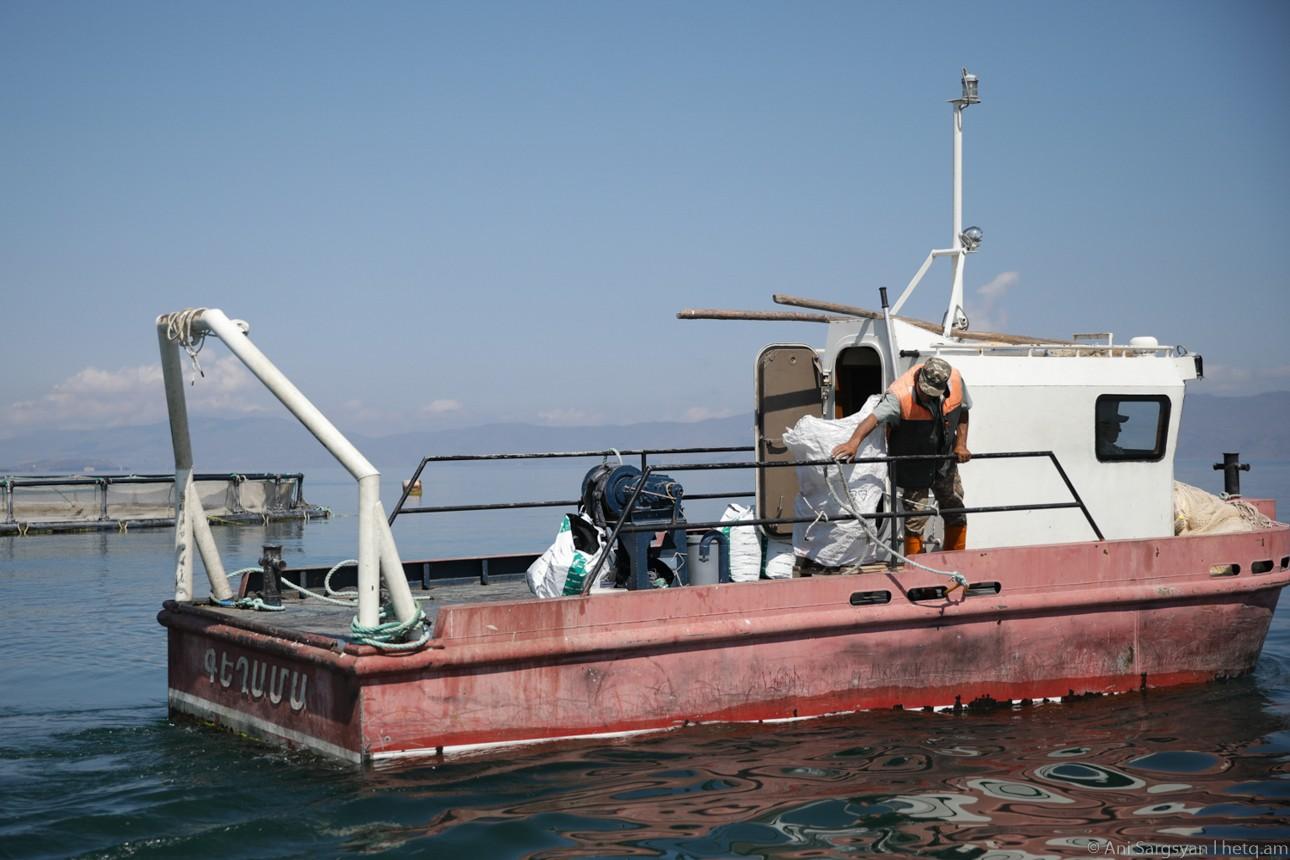
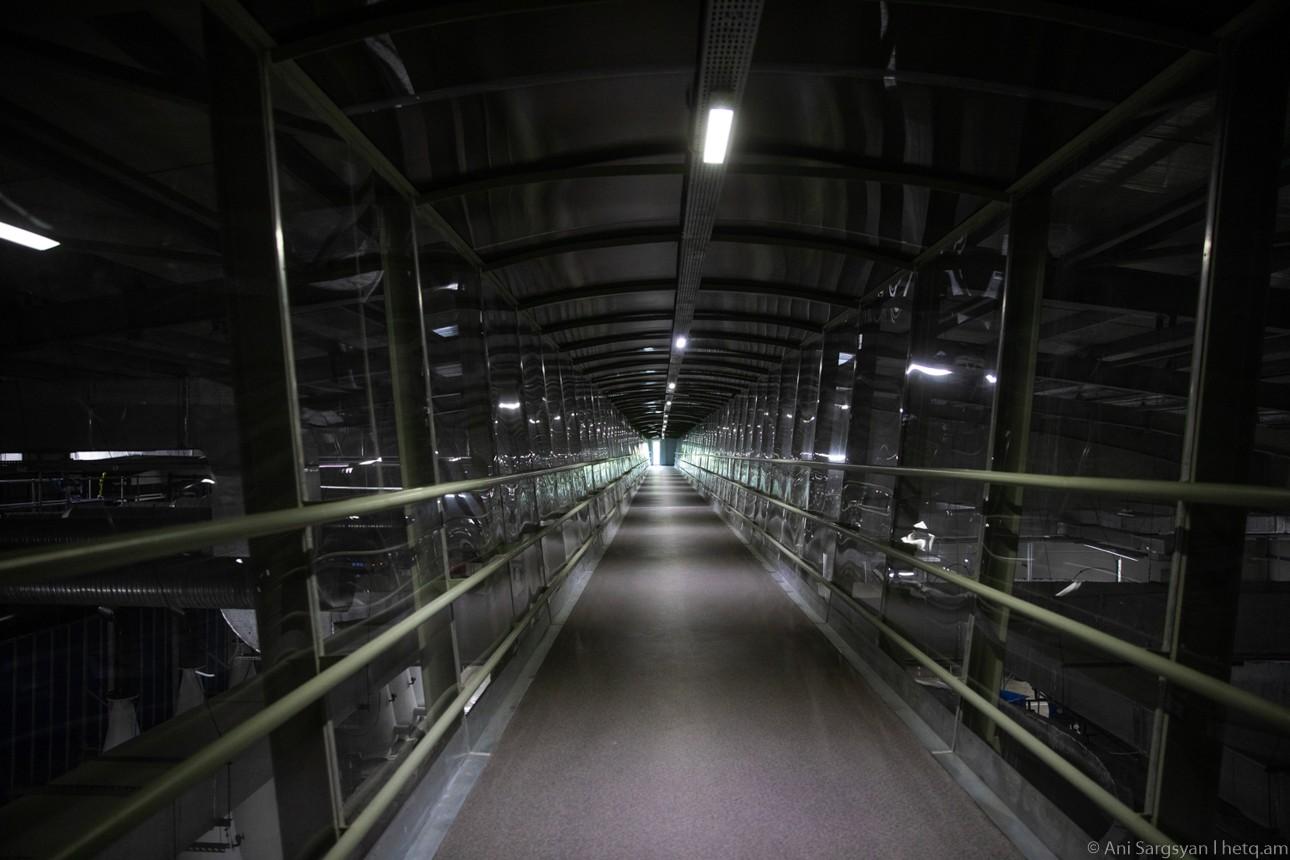
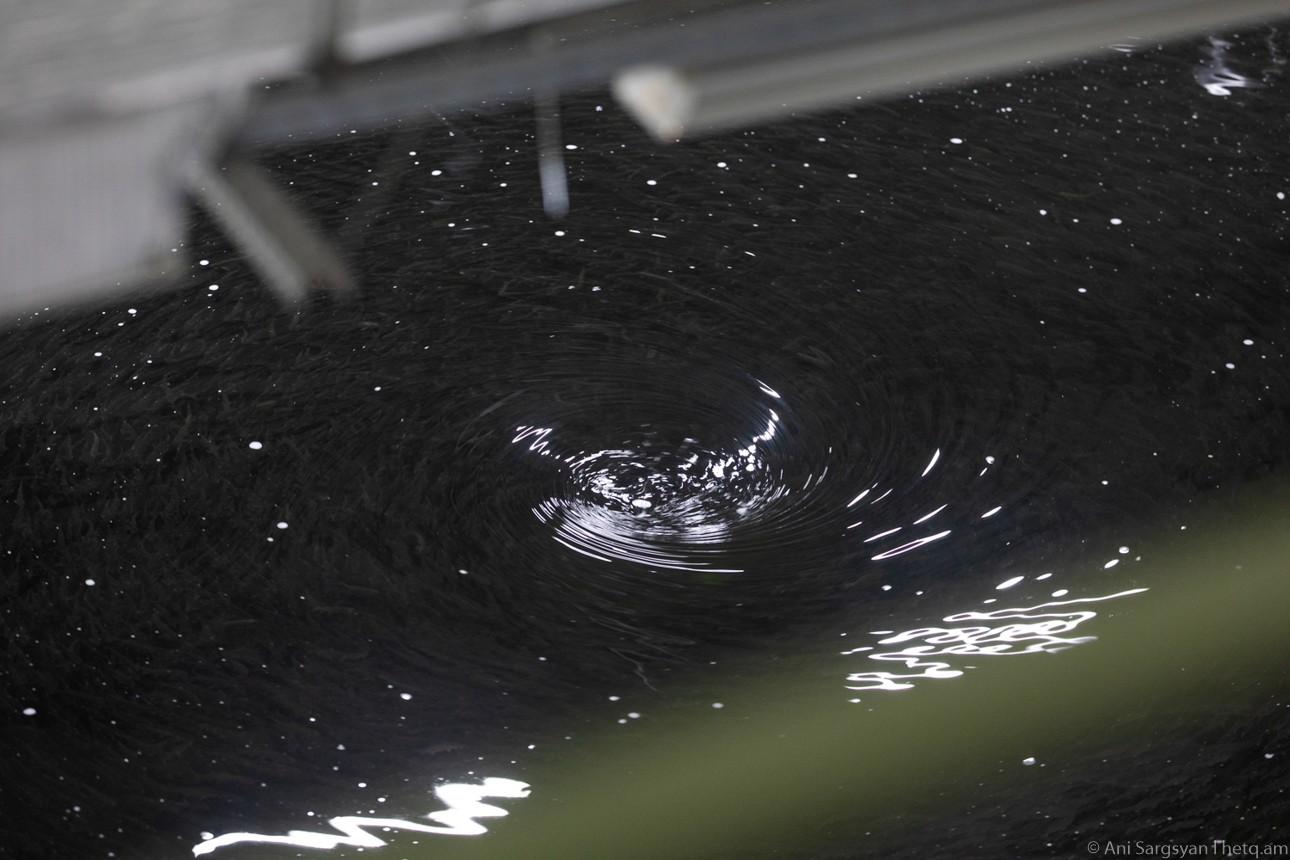

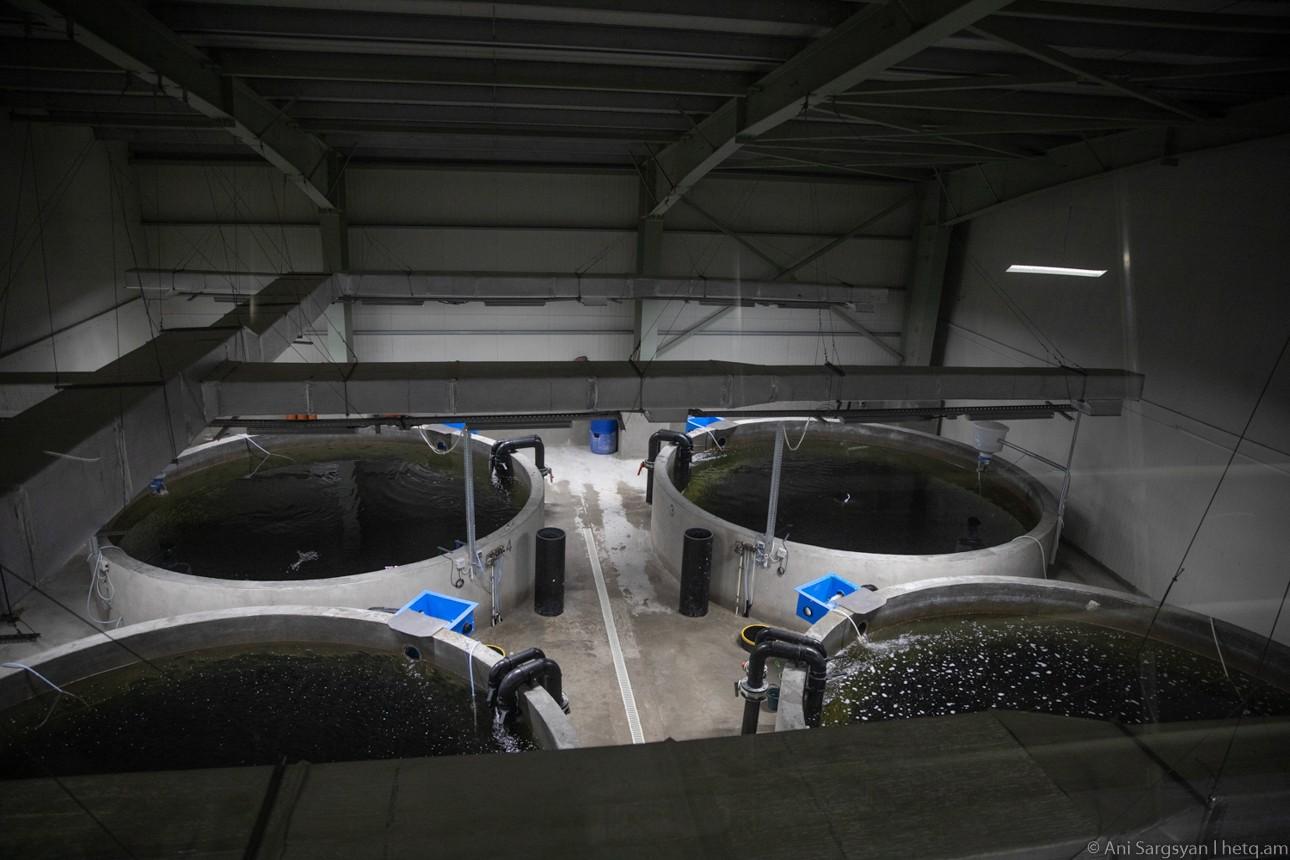
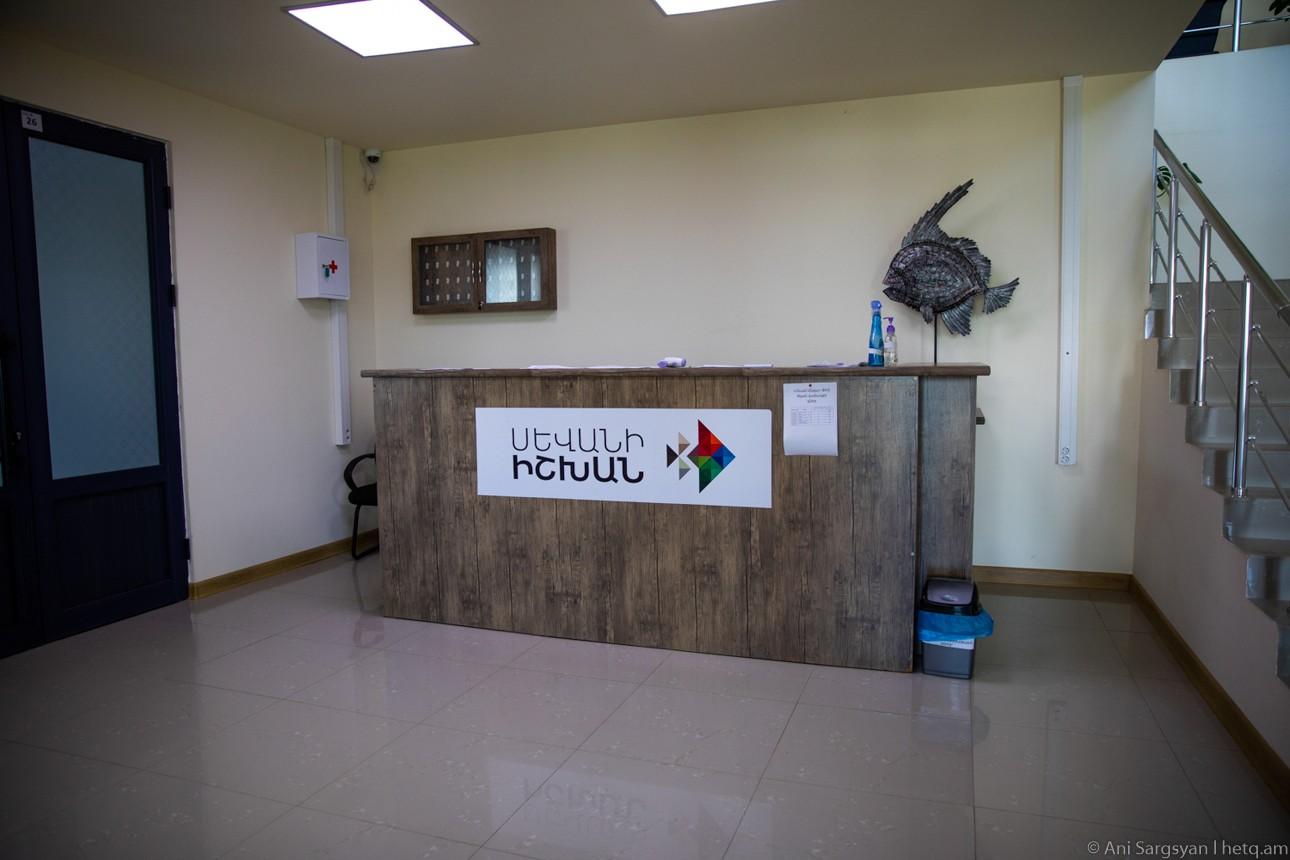

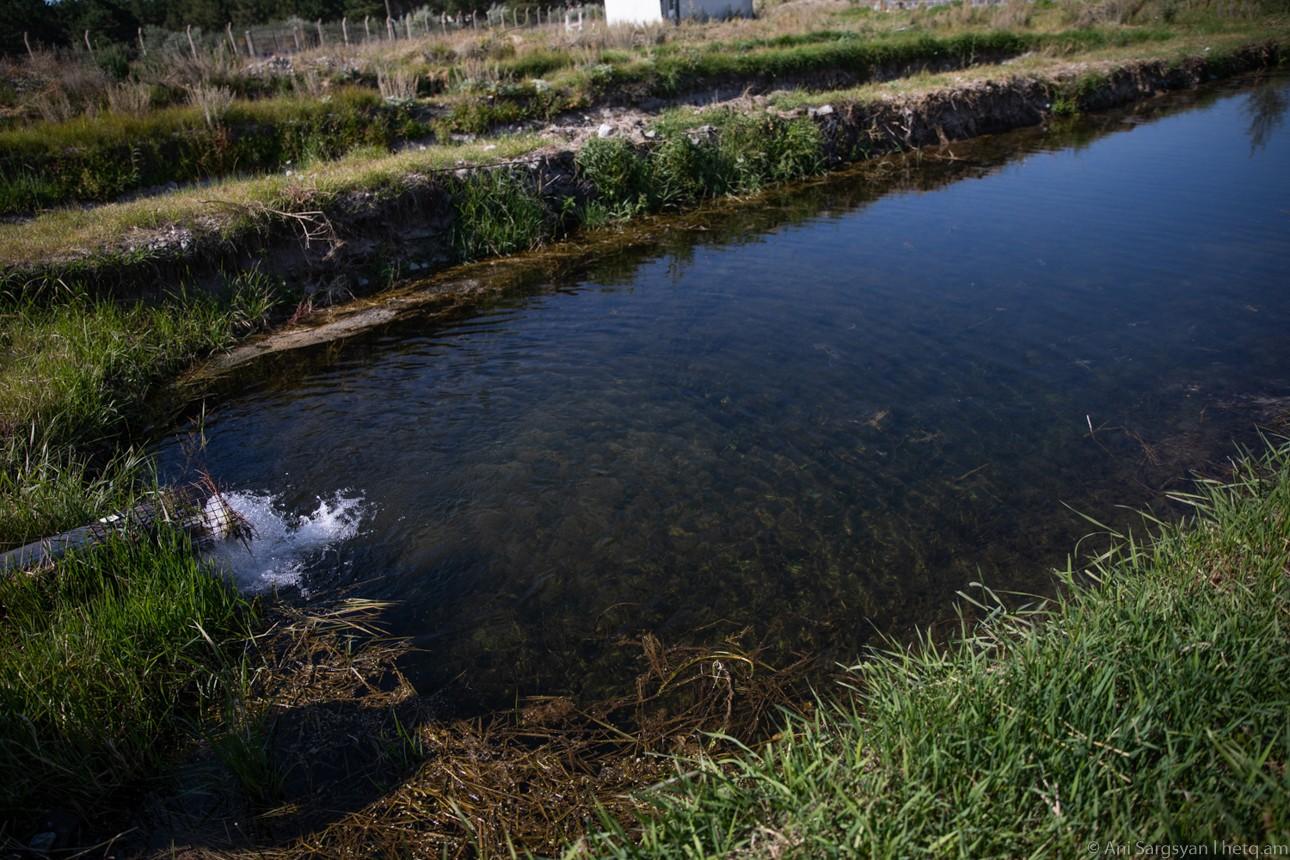
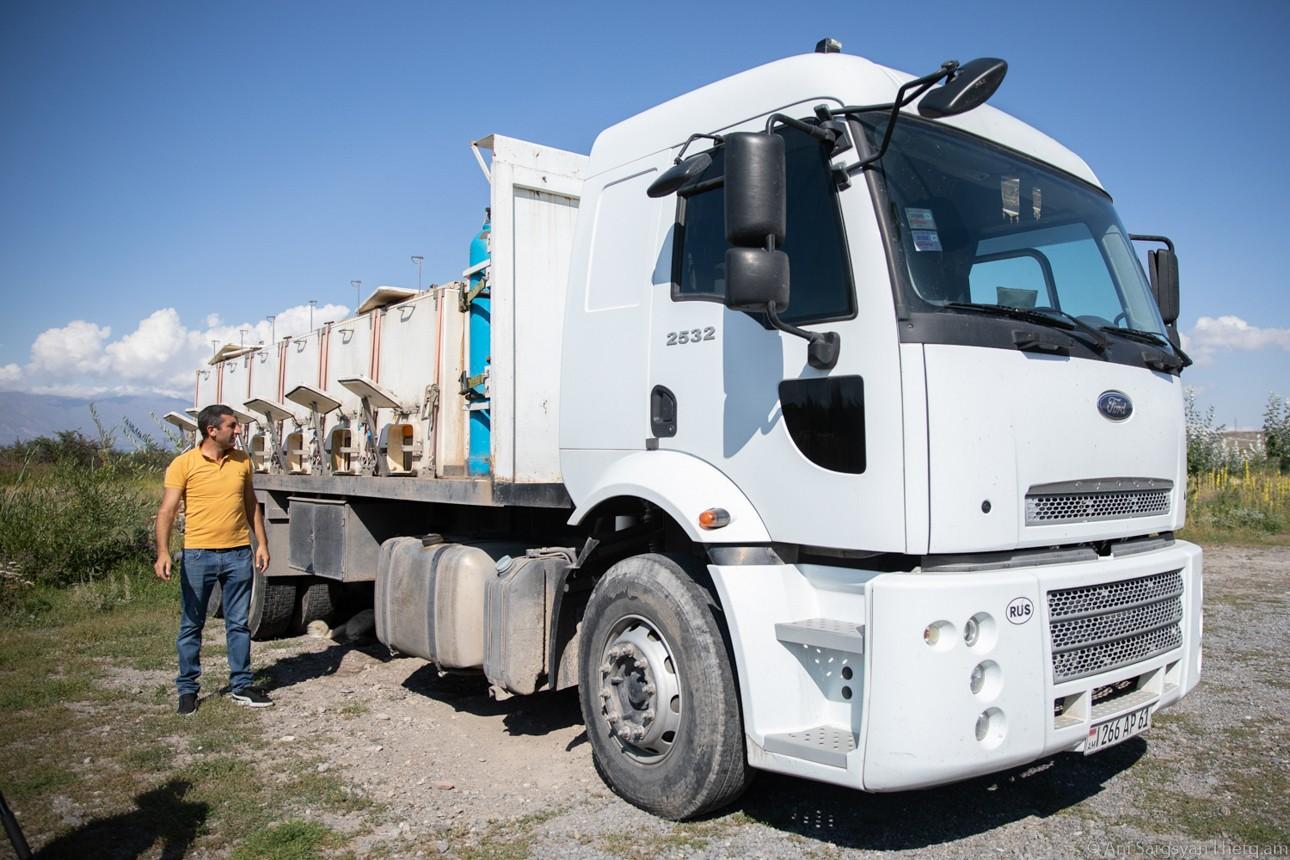
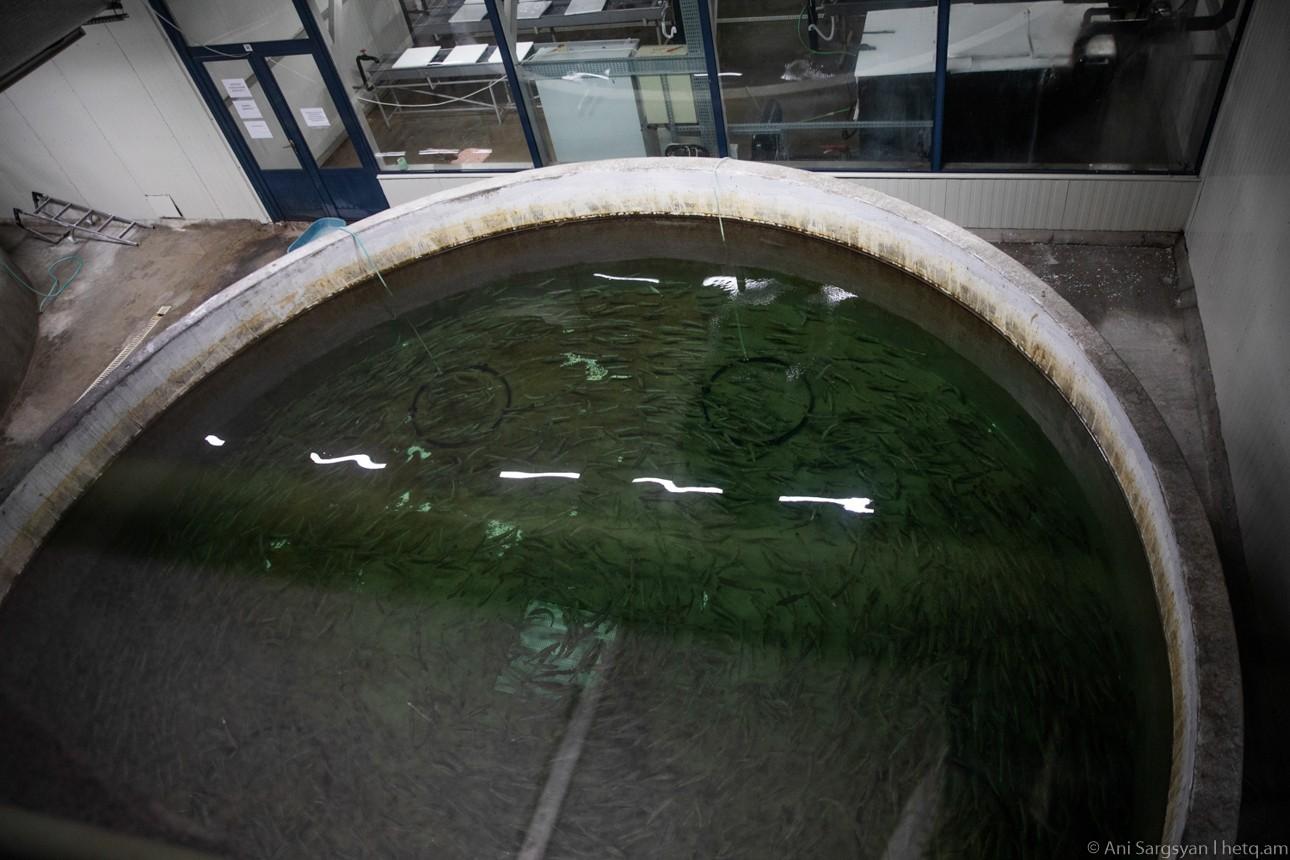
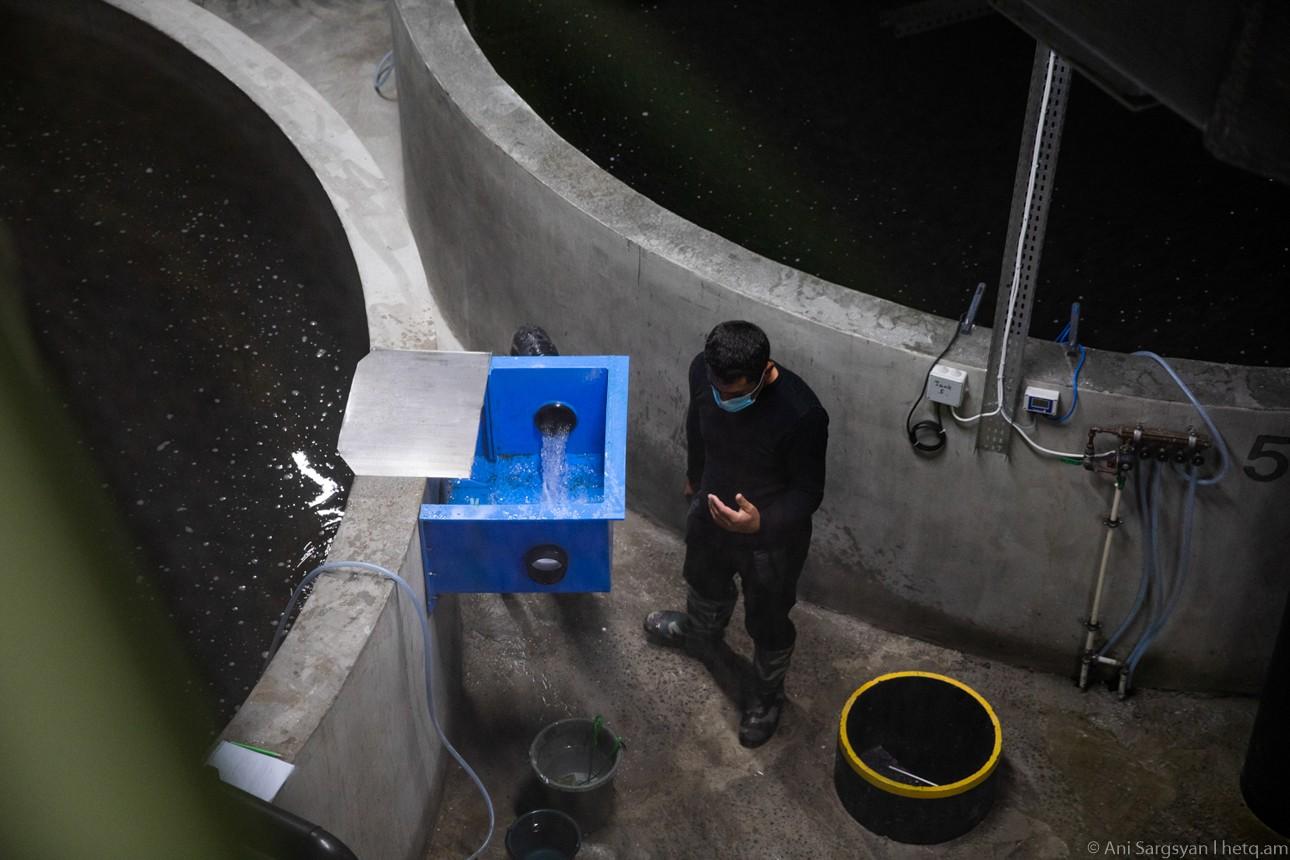
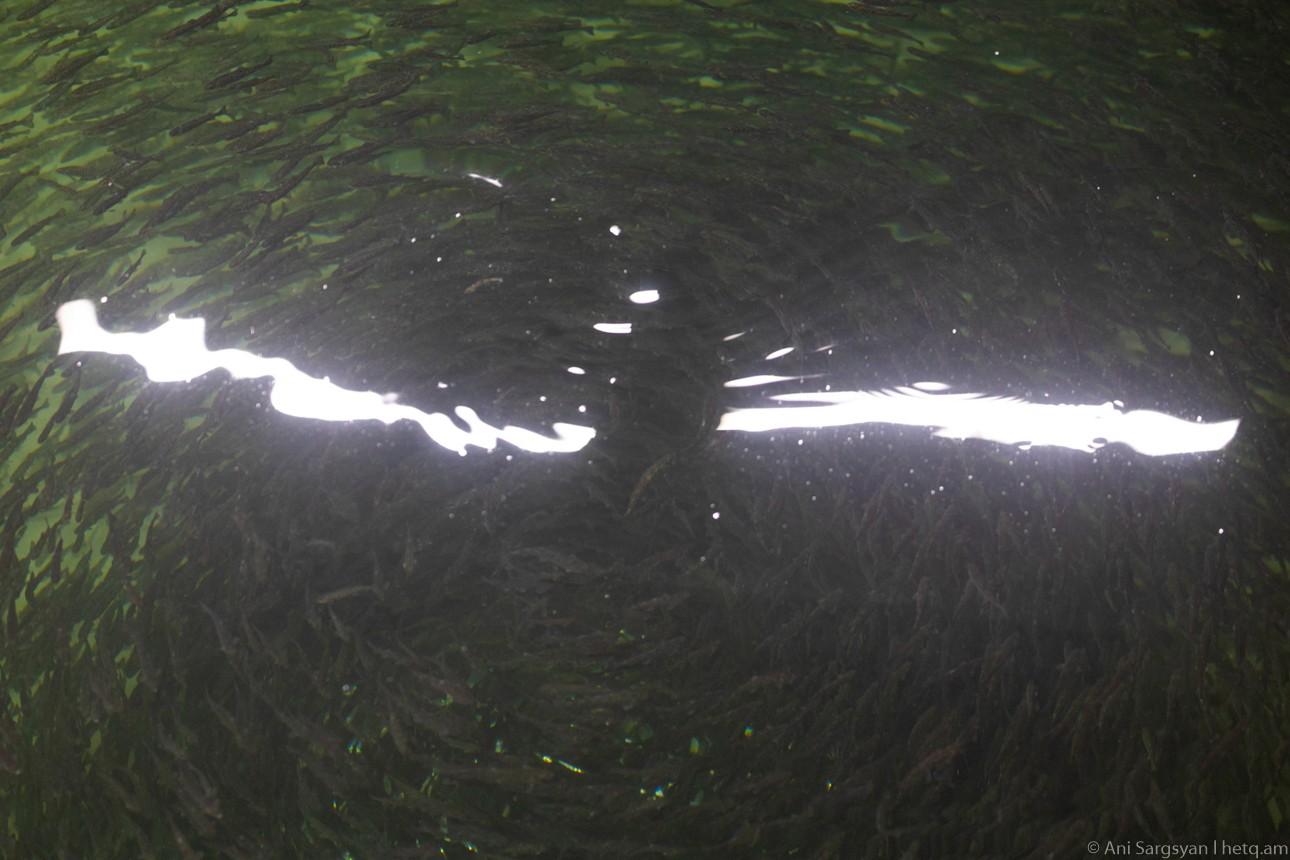
Comments (1)
Write a comment